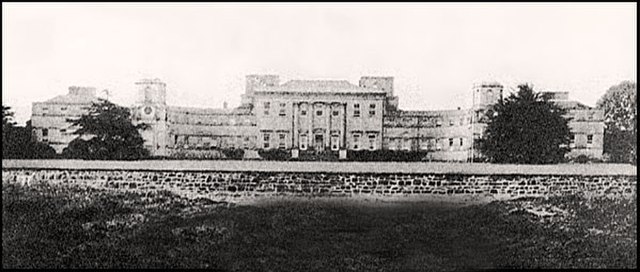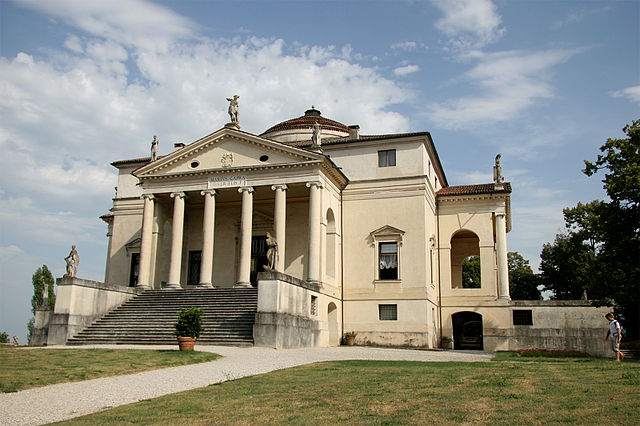Summerhill House was a 100-roomed Palladian house in County Meath, Ireland which was the ancestral seat of the Viscounts Langford and the Barons Langford. Built in 1731, it was likely designed by Sir Edward Lovett Pearce and completed by Richard Cassels in the Palladian style, although Sir John Vanbrugh, who was related to Pearce and with whom he trained, is thought to have also influenced the design of the house, which could be seen by the great arched chimney stacks and the palatial grandeur and scale.
Summerhill House
Equestrian portrait of Elisabeth at Possenhofen Castle, 1853
Summerhill House, Garden Front c1903 (rear of the property).
One of the surviving ornamental side gates to Summerhill House with oculi and blind niches was taken down and re-erected in recent years at Dolly's Grove. The gates stood to the side of the wings as entrances to the rear gardens extending the already vast width of the house. The busts are not original and were added in modern times.
Palladian architecture is a European architectural style derived from the work of the Venetian architect Andrea Palladio (1508–1580). What is today recognised as Palladian architecture evolved from his concepts of symmetry, perspective and the principles of formal classical architecture from ancient Greek and Roman traditions. In the 17th and 18th centuries, Palladio's interpretation of this classical architecture developed into the style known as Palladianism.
A villa with a superimposed portico, from Book IV of Palladio's I quattro libri dell'architettura, in an English translation published in London, 1736
Plan for Palladio's Villa La Rotonda (c. 1565) – features of the house were incorporated in numerous Palladian-style houses throughout Europe over the following centuries.
Villa Capra "La Rotonda" (begun c. 1565) – one of Palladio's most influential designs
Basilica Palladiana, Vicenza (from 1546) – loggia with Palladian windows








